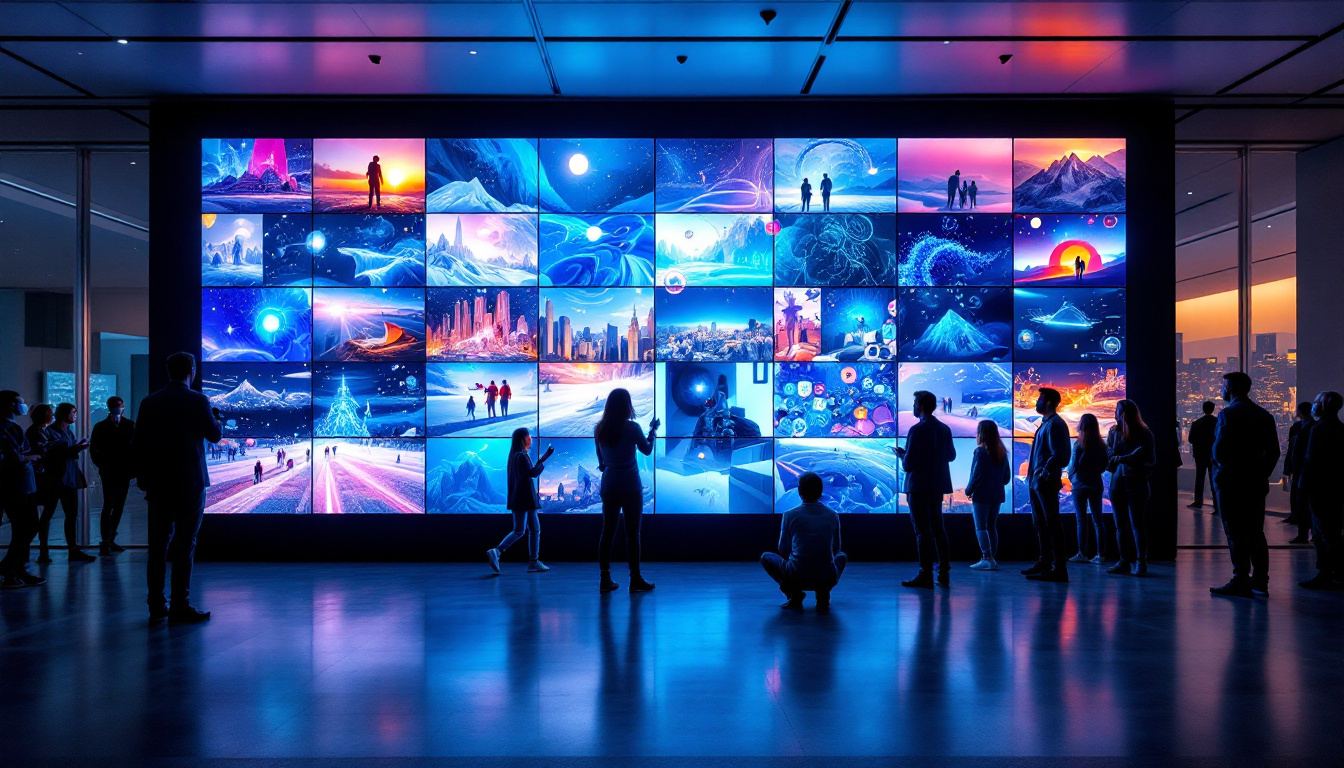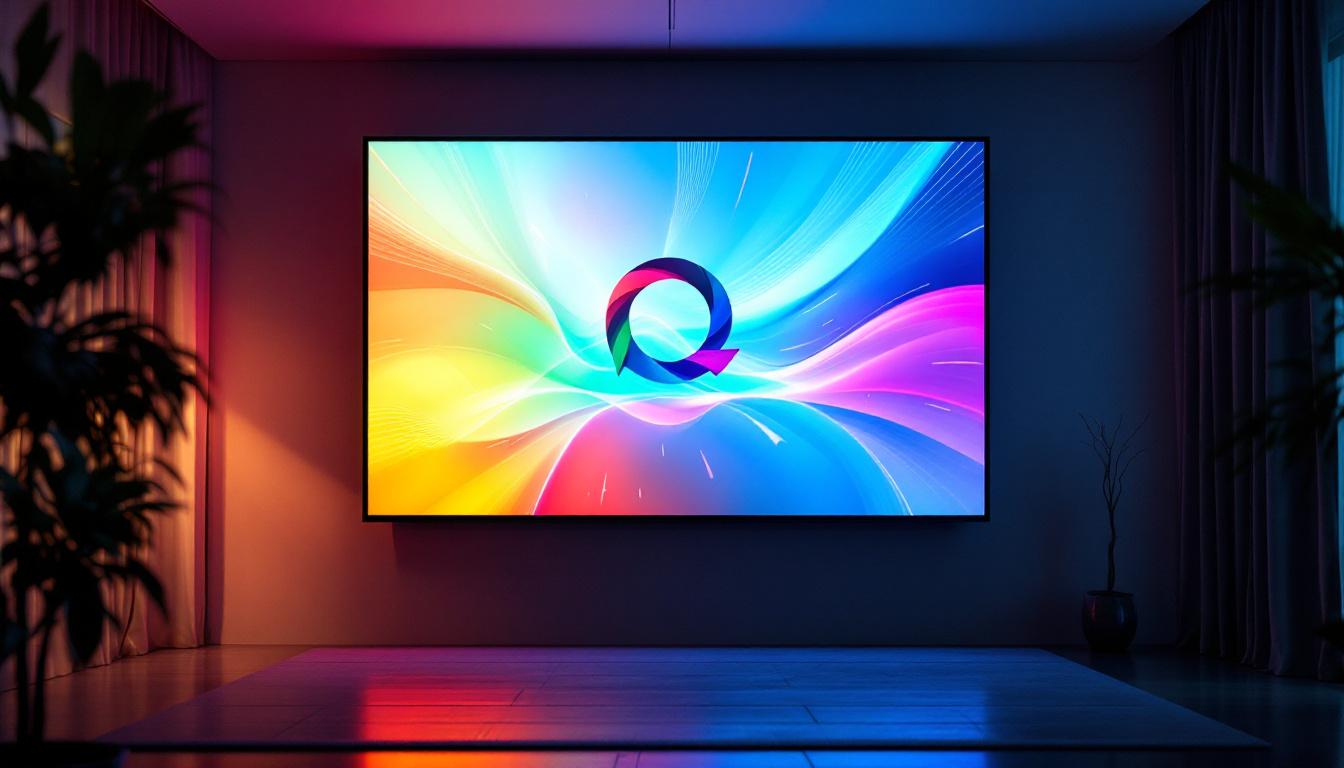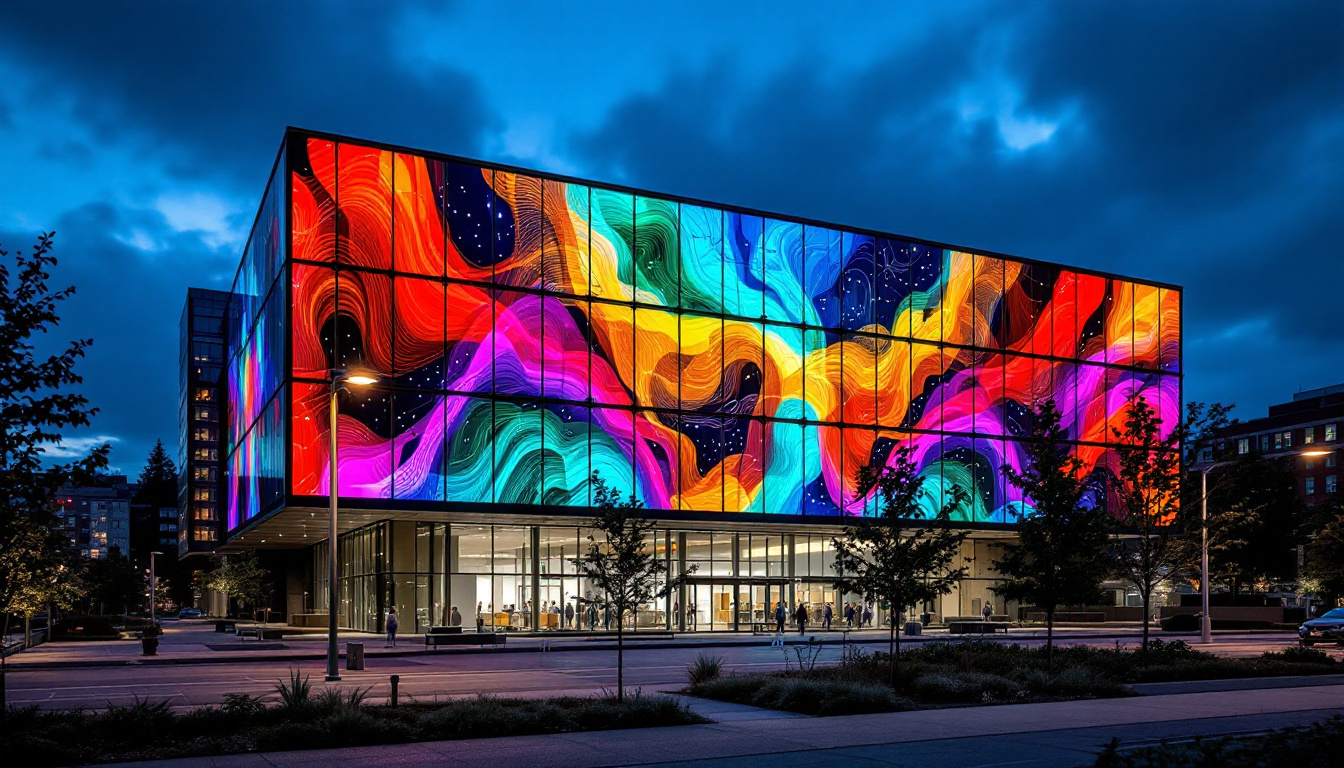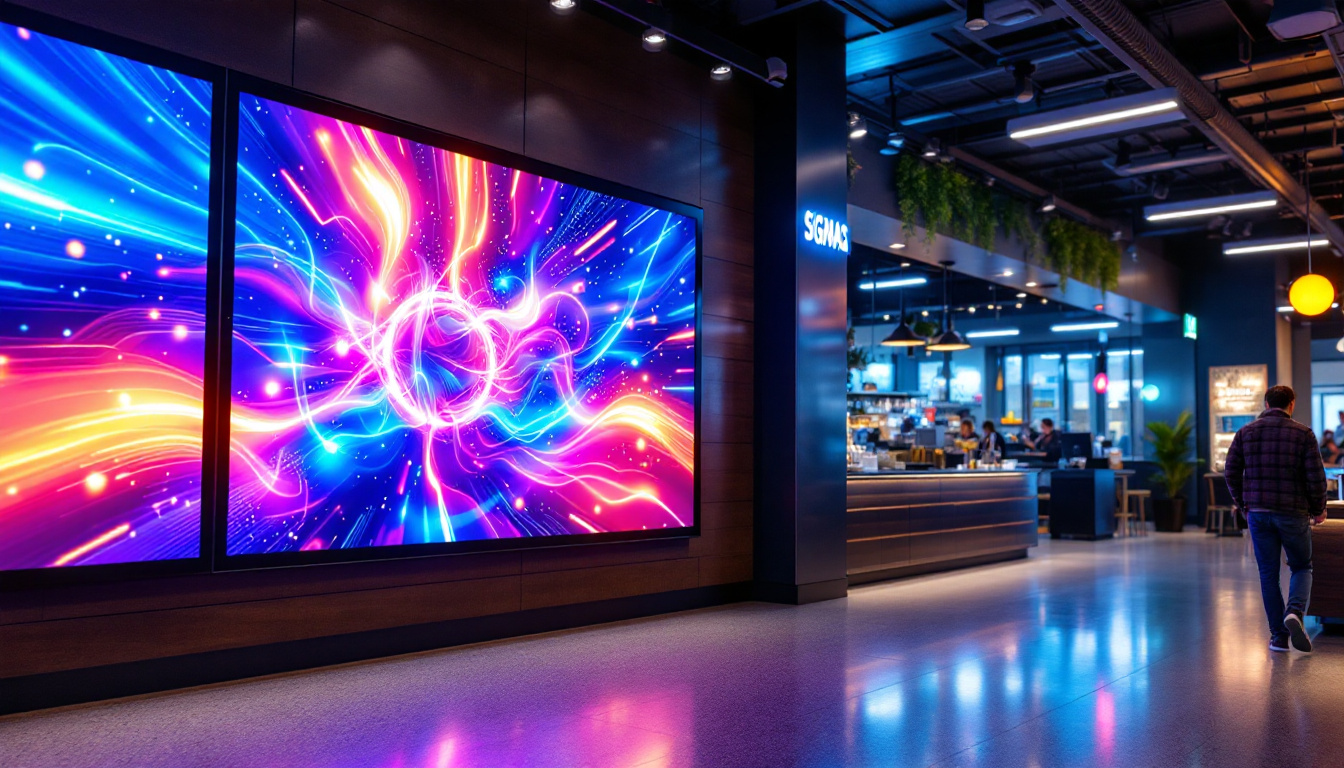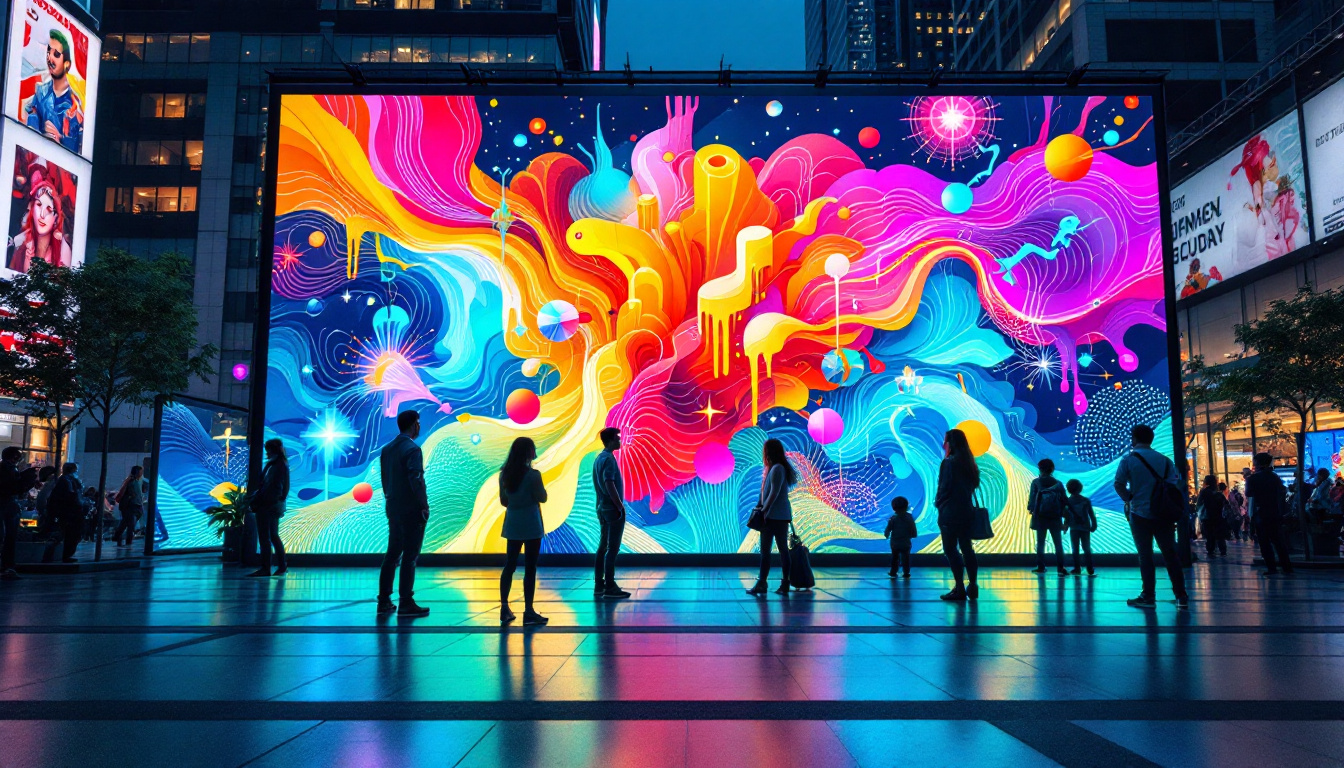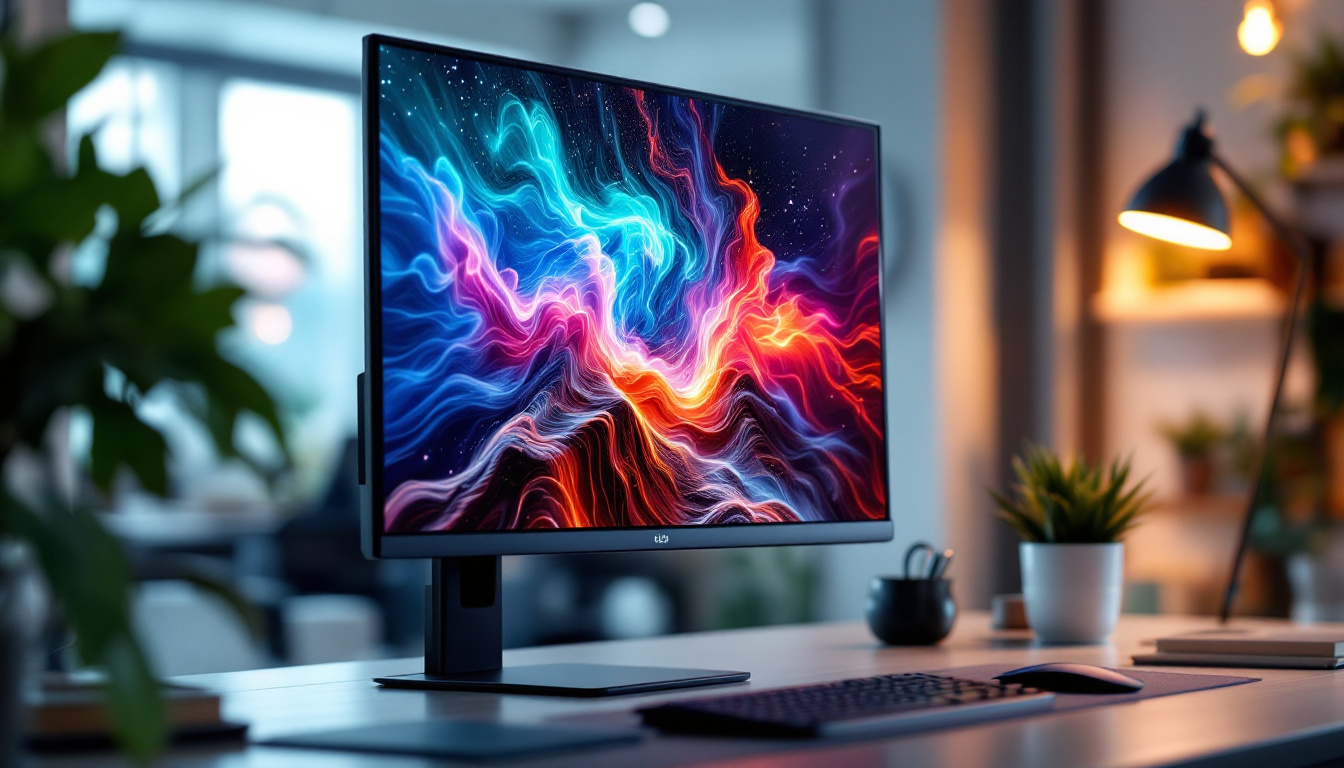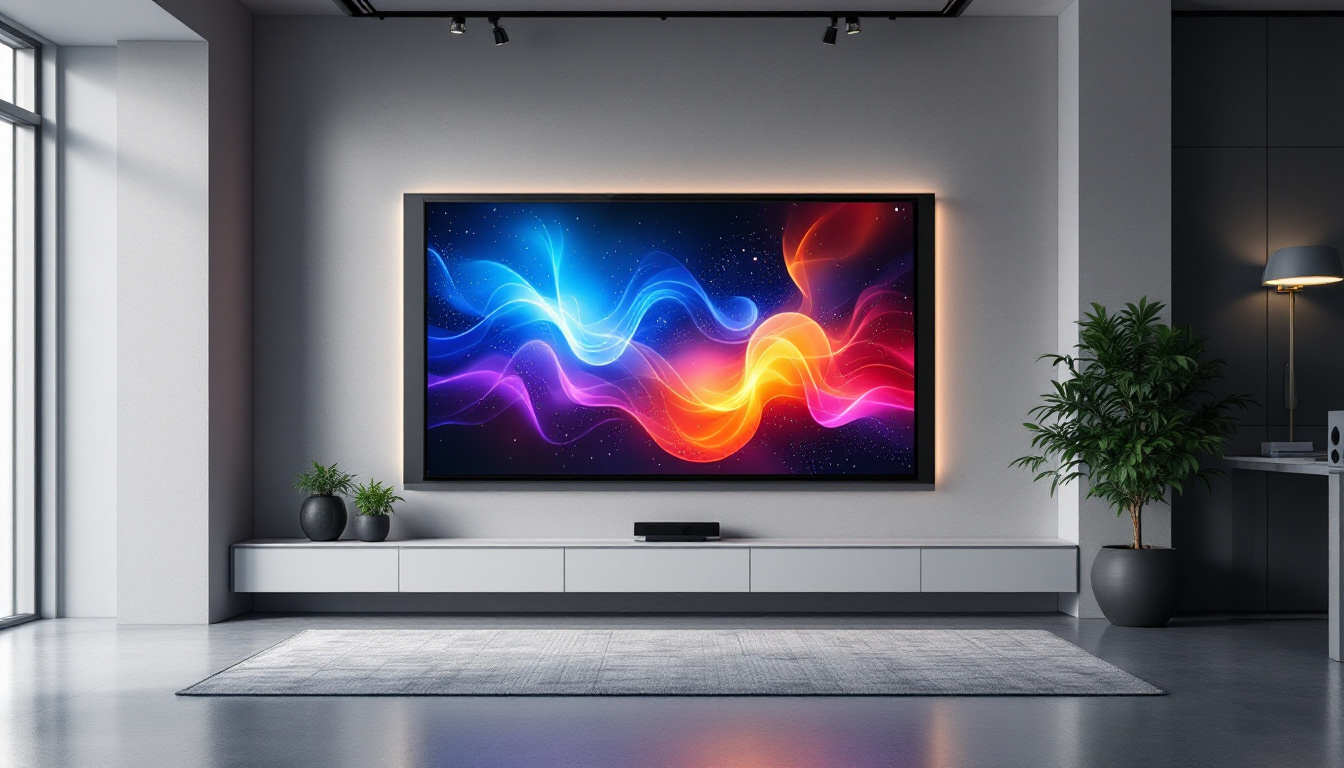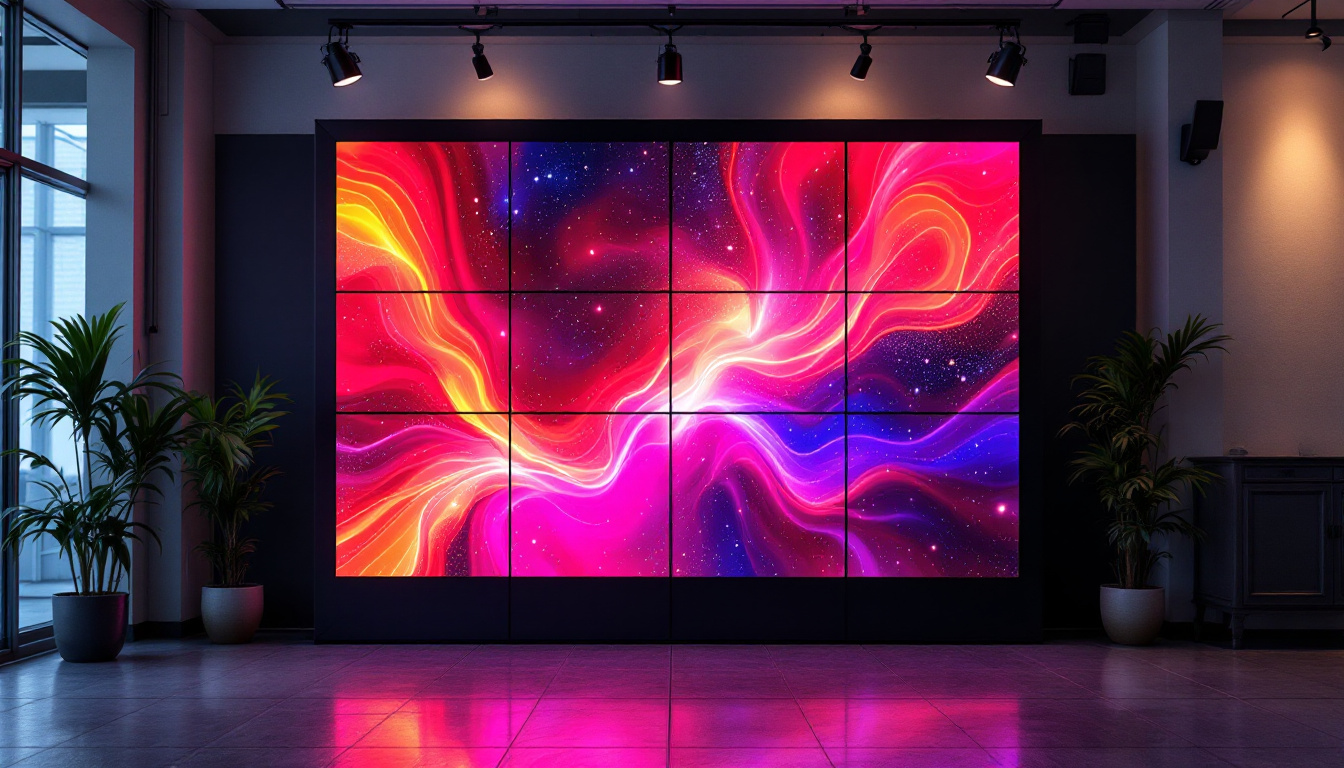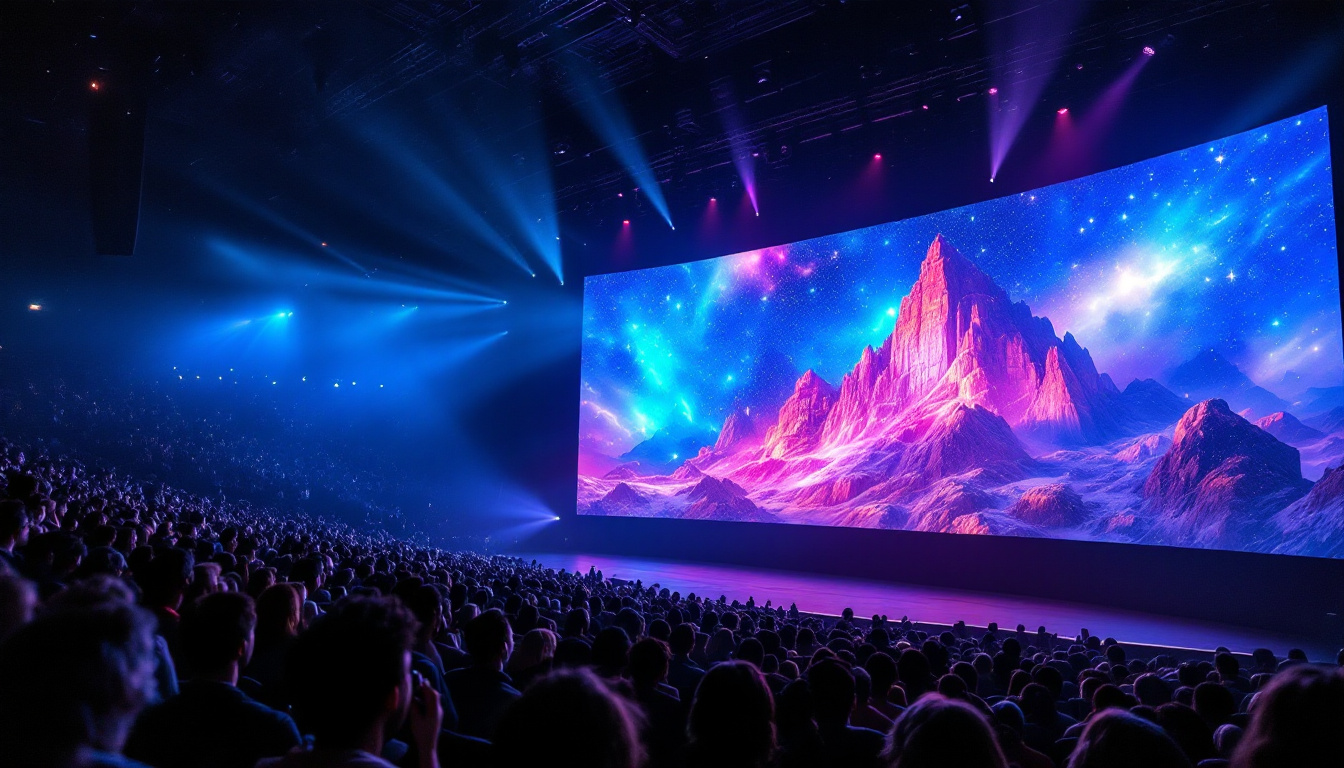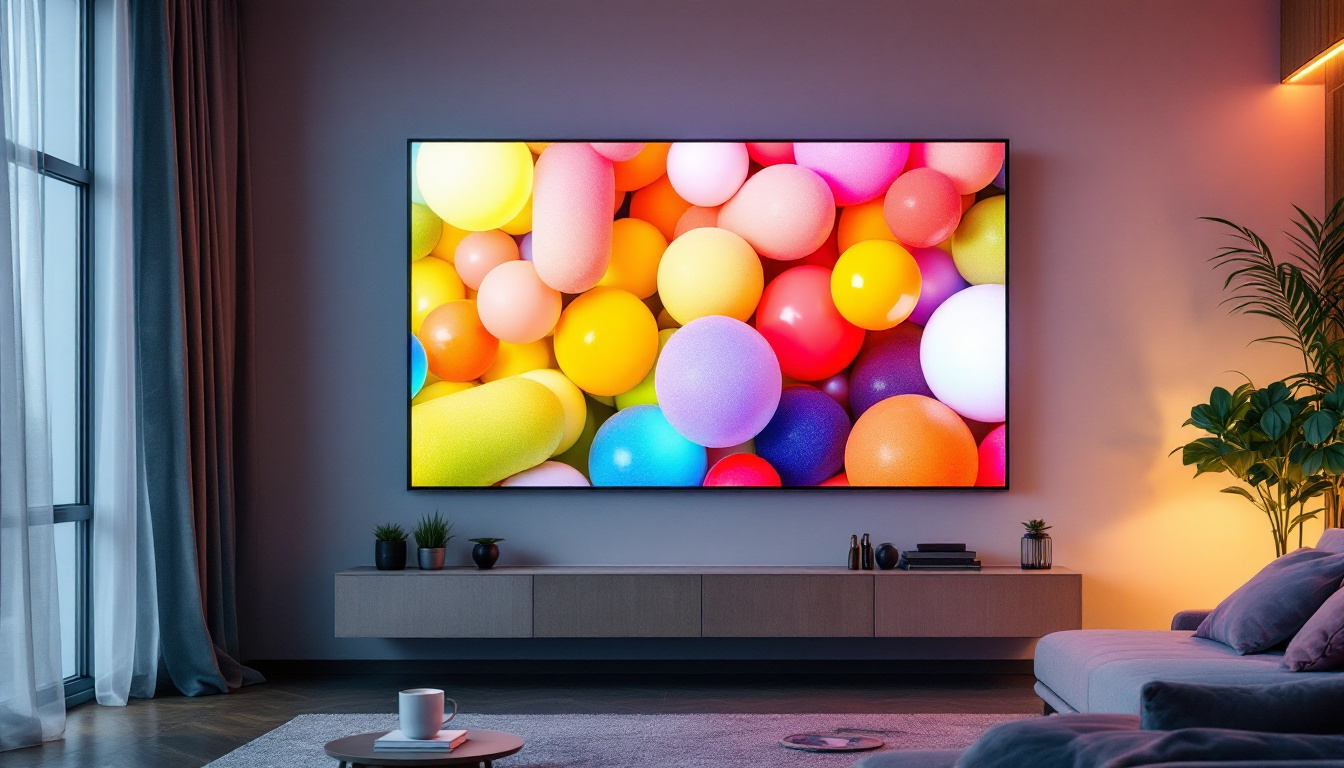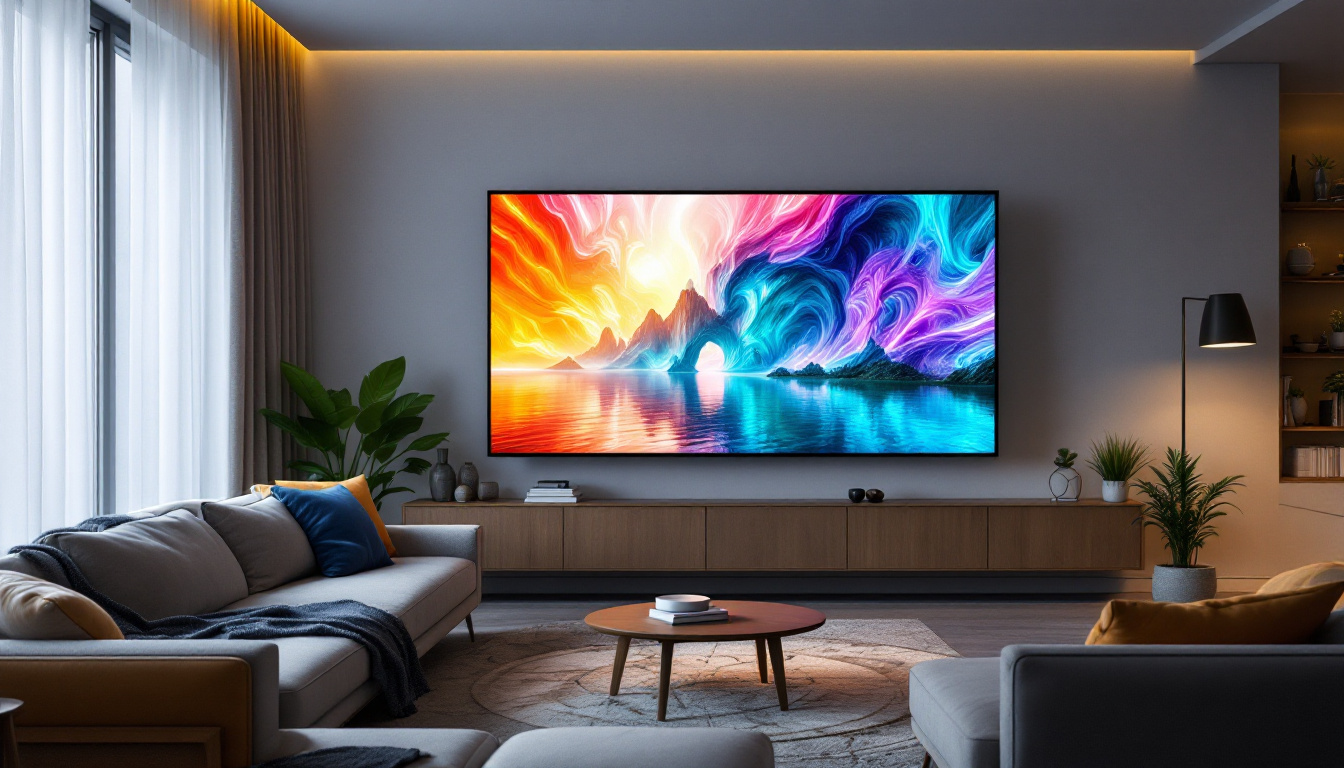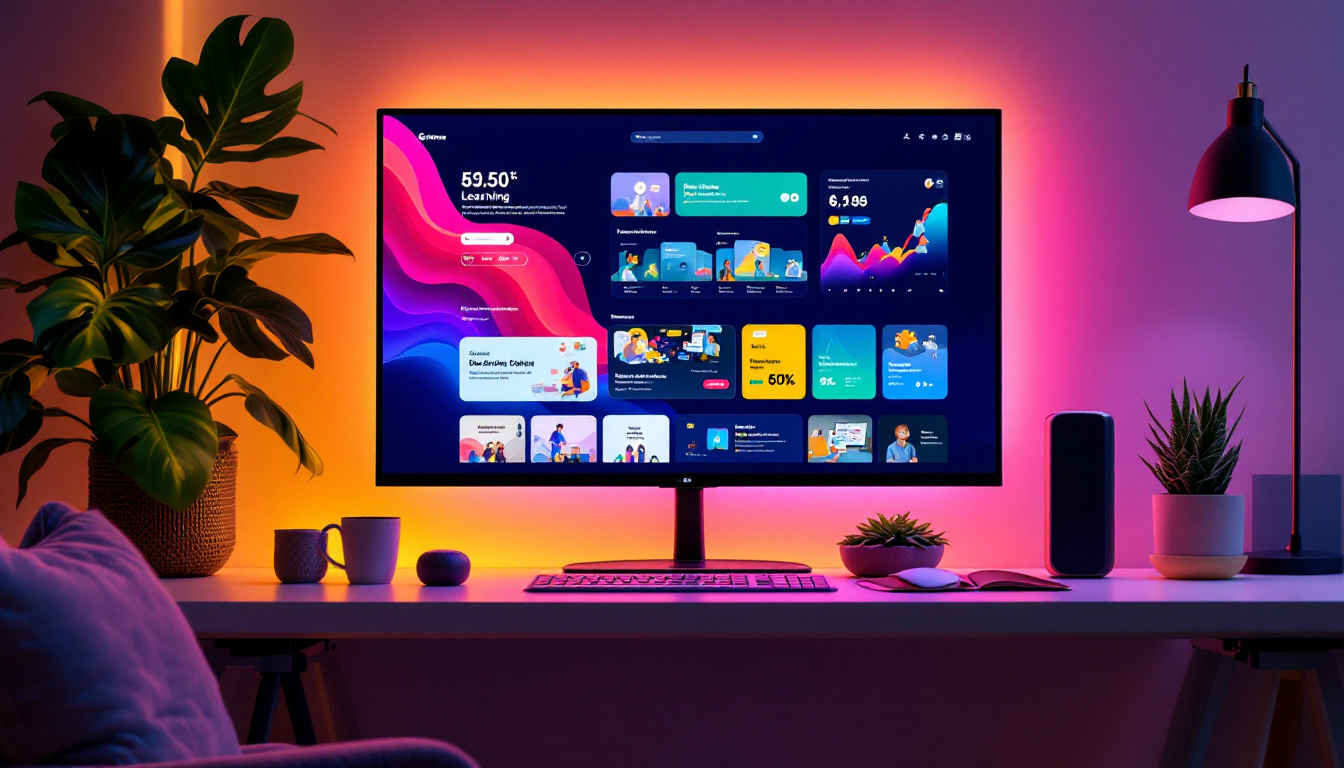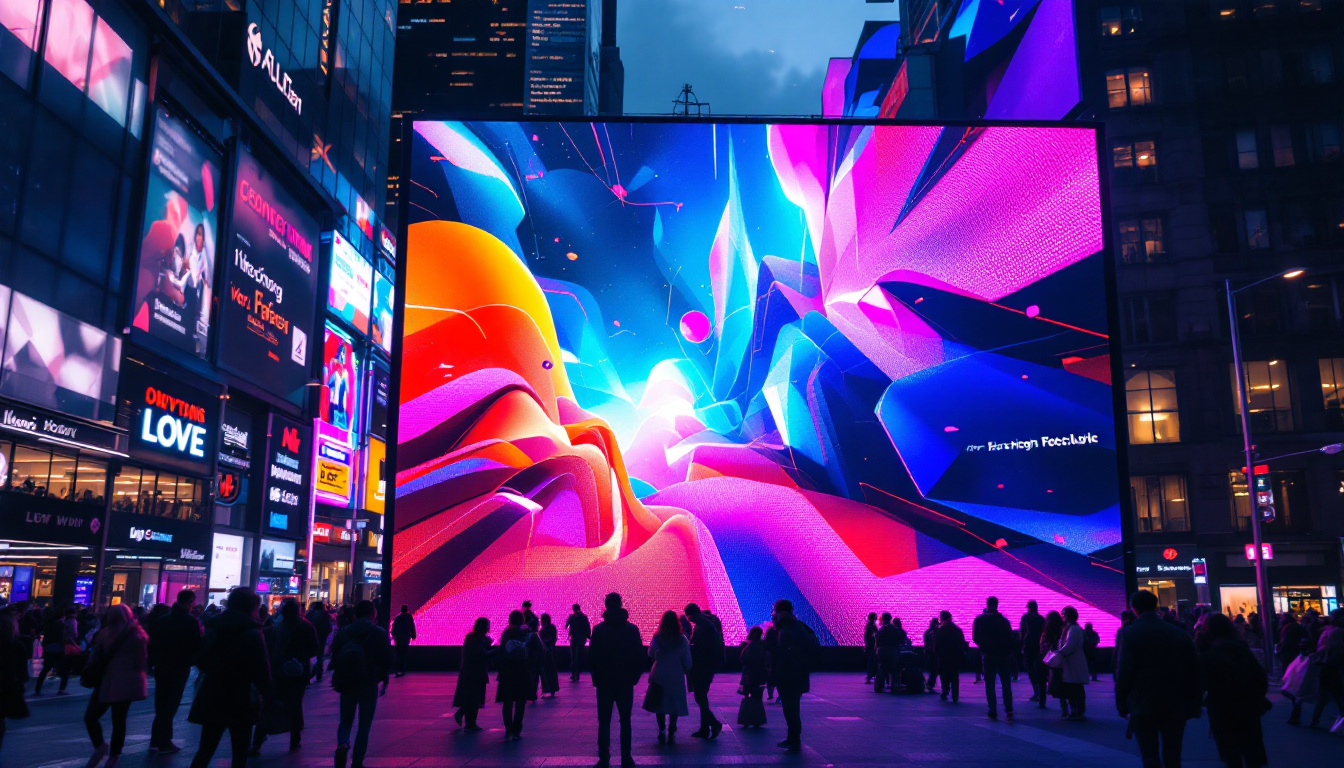In the realm of modern technology, interactive video walls have emerged as a transformative tool for communication, marketing, and entertainment. These large-scale displays, often composed of multiple LED panels, provide a dynamic way to engage audiences, convey information, and create immersive experiences. This article delves into the intricacies of interactive video walls, exploring their technology, applications, and benefits.
Understanding Interactive Video Walls
Interactive video walls are essentially large displays made up of several smaller screens that work together to create a cohesive visual experience. These installations can be found in various settings, from corporate environments and retail spaces to public venues and educational institutions. The technology behind these displays is continually evolving, allowing for more vibrant visuals and enhanced interactivity. With advancements in display technology, such as OLED and microLED, the quality of images produced is becoming increasingly lifelike, making these installations not just tools for communication, but also works of art that captivate audiences.
Components of an Interactive Video Wall
The primary components of an interactive video wall include LED panels, a video processor, and interactive software. LED panels are the building blocks of the display, providing high-resolution images and vibrant colors. The video processor manages the content displayed across the panels, ensuring that the visuals are seamless and synchronized. Finally, interactive software enables users to engage with the content, whether through touch, gesture recognition, or mobile devices.
Each of these components plays a crucial role in creating a visually stunning and interactive experience. The quality of the LED panels, for instance, significantly impacts the overall clarity and brightness of the display. Meanwhile, the video processor must be powerful enough to handle high-definition content without lag, ensuring a smooth user experience. Additionally, the software must be user-friendly and adaptable, allowing for easy updates and modifications to the content being displayed. This flexibility is particularly important in dynamic environments where information needs to be frequently refreshed or tailored to specific audiences.
How Interactivity Enhances Engagement
Interactivity is a key feature that sets video walls apart from traditional displays. By allowing users to interact with the content, these installations foster a deeper connection between the audience and the information being presented. This can take many forms, from touch-sensitive screens that enable users to navigate through content to gesture-based controls that allow for a more immersive experience.
For instance, in a retail environment, customers can use an interactive video wall to browse products, watch promotional videos, or even engage in augmented reality experiences. This not only enhances the shopping experience but also encourages customers to spend more time in the store, ultimately leading to increased sales. Moreover, in educational settings, interactive video walls can transform traditional learning methods by allowing students to participate in collaborative projects, access multimedia resources, and engage in real-time discussions, making learning more engaging and effective. The ability to visualize complex concepts through dynamic graphics and animations can significantly enhance comprehension and retention of information.
Applications of Interactive Video Walls
Interactive video walls are versatile tools that can be utilized in various industries. Their ability to captivate audiences and convey information effectively makes them ideal for a range of applications.
Corporate Environments
In corporate settings, interactive video walls are often used for presentations, training sessions, and collaborative meetings. These displays can showcase data visualizations, company metrics, and project updates in a visually engaging manner. The interactive features allow participants to explore data in real-time, fostering collaboration and enhancing understanding.
Moreover, companies can utilize video walls for branding purposes, displaying their logo and key messages prominently. This not only reinforces brand identity but also creates a professional atmosphere that can impress clients and stakeholders.
Retail and Marketing
Retailers have embraced interactive video walls to create immersive shopping experiences. These displays can be used to highlight promotions, showcase product features, and even provide virtual fitting rooms. By integrating interactive elements, retailers can engage customers in a way that traditional advertising cannot.
Additionally, interactive video walls can serve as a platform for social media integration, allowing customers to share their experiences in real-time. This not only promotes customer engagement but also creates a sense of community around the brand.
Education and Training
In educational settings, interactive video walls can enhance learning by providing dynamic visual aids. Teachers can use these displays to present complex concepts, engage students in interactive lessons, and facilitate group discussions. The ability to manipulate content directly on the screen encourages active participation, making learning more enjoyable and effective.
Furthermore, training programs can benefit from interactive video walls by simulating real-world scenarios. This hands-on approach allows trainees to practice skills in a controlled environment, leading to better retention and understanding of the material.
Benefits of Interactive Video Walls
The advantages of implementing interactive video walls are numerous, making them a worthwhile investment for businesses and organizations. From enhanced engagement to improved information retention, these displays offer a range of benefits.
Increased Engagement
One of the most significant benefits of interactive video walls is their ability to engage audiences. The interactive nature of these displays captures attention and encourages participation, leading to a more memorable experience. Whether in a corporate meeting, retail environment, or educational setting, audiences are more likely to retain information when they actively engage with it.
Moreover, the visual appeal of high-quality LED displays further enhances engagement. Bright colors and sharp images draw viewers in, making it easier to convey complex messages effectively.
Flexibility and Customization
Interactive video walls offer a high degree of flexibility, allowing organizations to customize content based on their specific needs. Whether it’s showcasing different products in a retail setting or adapting presentations for various audiences, these displays can be easily updated to reflect current information.
This adaptability is particularly beneficial in fast-paced environments where information changes frequently. Businesses can respond to trends and customer preferences in real-time, ensuring that their messaging is always relevant.
Cost-Effectiveness
While the initial investment in interactive video walls may be substantial, the long-term benefits often outweigh the costs. By enhancing customer engagement and improving brand visibility, these displays can lead to increased sales and customer loyalty.
Additionally, the durability of LED technology means that video walls can have a long lifespan, reducing the need for frequent replacements. This longevity, combined with the ability to update content digitally, makes interactive video walls a cost-effective solution over time.
Challenges and Considerations
Despite their many advantages, there are challenges associated with implementing interactive video walls. Understanding these challenges is crucial for organizations considering this technology.
Technical Complexity
Setting up an interactive video wall can be technically complex, requiring specialized knowledge and expertise. Organizations may need to invest in training for staff or hire external professionals to ensure that the installation and maintenance are handled correctly.
Moreover, the integration of various components, such as video processors and interactive software, can present challenges. Ensuring that all elements work seamlessly together is essential for delivering a smooth user experience.
Space and Installation Requirements
Interactive video walls require significant space for installation, which can be a limitation for some organizations. The layout and design of the environment must be carefully considered to ensure that the display is visible and accessible to the intended audience.
Additionally, the installation process may involve structural modifications, which can add to the overall cost and complexity of the project. Organizations must weigh these factors against the potential benefits of the technology.
Future Trends in Interactive Video Walls
The landscape of interactive video walls is continually evolving, driven by advancements in technology and changing consumer preferences. Several trends are shaping the future of this dynamic medium.
Integration of Artificial Intelligence
As artificial intelligence (AI) technology advances, its integration into interactive video walls is becoming increasingly common. AI can enhance user interaction by enabling personalized experiences based on user behavior and preferences.
For instance, AI algorithms can analyze audience engagement patterns and adjust content in real-time to maximize impact. This level of personalization can lead to more effective communication and improved audience satisfaction.
Augmented and Virtual Reality
Augmented reality (AR) and virtual reality (VR) are also making their way into the realm of interactive video walls. These technologies can create immersive experiences that captivate audiences and provide unique ways to interact with content.
For example, retailers can use AR to allow customers to visualize products in their own space before making a purchase. This not only enhances the shopping experience but also helps customers make informed decisions.
Enhanced Connectivity and Collaboration
With the rise of remote work and collaboration, interactive video walls are becoming essential tools for virtual meetings and presentations. Enhanced connectivity features, such as wireless sharing and cloud integration, allow teams to collaborate seamlessly, regardless of their physical location.
This trend is particularly relevant in corporate environments, where effective communication and collaboration are crucial for success. Interactive video walls can bridge the gap between remote and in-person teams, fostering a more inclusive work culture.
Conclusion
Interactive video walls represent a significant advancement in display technology, offering organizations a powerful tool for engagement, communication, and branding. Their ability to captivate audiences through interactivity and stunning visuals makes them an invaluable asset across various industries.
While challenges exist in terms of technical complexity and installation requirements, the benefits of increased engagement, flexibility, and cost-effectiveness make interactive video walls a worthwhile investment. As technology continues to evolve, the future of interactive video walls promises even more exciting possibilities, paving the way for innovative applications and enhanced user experiences.
In an increasingly digital world, embracing interactive video walls can provide organizations with a competitive edge, allowing them to connect with audiences in meaningful ways and stay ahead of the curve.
Discover LumenMatrix LED Display Solutions
Ready to elevate your space with the latest in LED display technology? LumenMatrix is at the forefront of creating immersive environments with our comprehensive range of LED display solutions. From Indoor and Outdoor LED Wall Displays to innovative LED Sports and Floor Displays, our products are designed to transform your visual communication and audience engagement. Experience the future of interactive video walls and let LumenMatrix help you share your message with unparalleled impact and clarity. Check out LumenMatrix LED Display Solutions today and step into a world of vivid imagery and dynamic interactivity.

